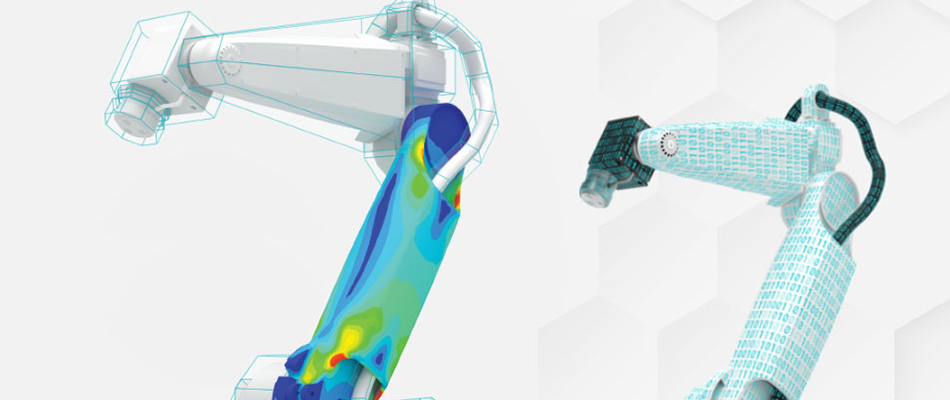
AI-powered Design
Advancements in the fields of artificial intelligence (AI) and machine learning (ML), combined with the increased availability of robust simulation, testing, and field data sets has made engineering data science a critical component of the modern product development lifecycle. Computer-aided engineering (CAE) augmented by AI is offering manufacturers the ability to discover machine learning-guided insights, explore new solutions to complex design problems through physics and AI-driven workflows, and achieve greater product innovation through collaboration and design convergence.
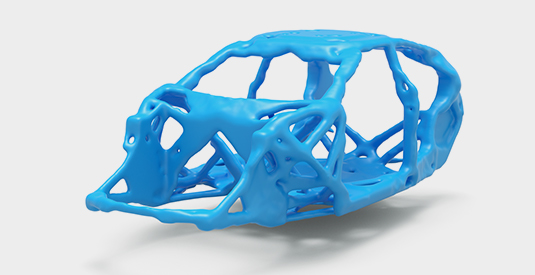
Design Generation
Augment current product development practices and multiply the productivity of engineering teams with AI technology to explore a broader population of customer pleasing, high performing, and manufacturable new product design alternatives.
By applying the same physics-based tools used for verification from concept to design, and through to sign-off and guided by ML using organizational specific constraints, Altair® DesignAI™ enables faster design convergence by confidently rejecting low-potential designs earlier in development cycles.
By applying the same physics-based tools used for verification from concept to design, and through to sign-off and guided by ML using organizational specific constraints, Altair® DesignAI™ enables faster design convergence by confidently rejecting low-potential designs earlier in development cycles.

Design Exploration
Increase collaboration, speed up design convergence, and drive product innovation with AI-powered design tools.
For high-fidelity modeling of complex geometries, analysts can use Altair® HyperWorks® Design Explorer an end-to-end workflow for real time performance prediction and evaluation. Automating repetitive tasks using ML, Design Explorer intuitively performs direct modeling for geometry creation and editing, mid-surface extraction, surface and mid-meshing, mesh quality correction, combined with efficient assembly management and process guidance.
For high-fidelity modeling of complex geometries, analysts can use Altair® HyperWorks® Design Explorer an end-to-end workflow for real time performance prediction and evaluation. Automating repetitive tasks using ML, Design Explorer intuitively performs direct modeling for geometry creation and editing, mid-surface extraction, surface and mid-meshing, mesh quality correction, combined with efficient assembly management and process guidance.
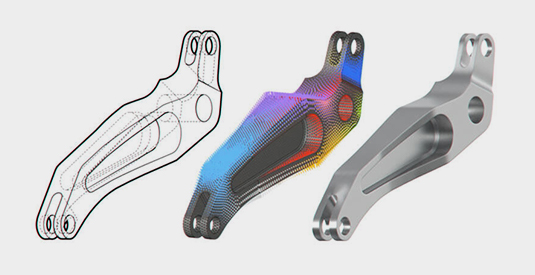
Design Optimization
From design fine-tuning through to design synthesis, including complex multiphysics projects or the study of sets of data, Altair® HyperStudy® helps multidisciplinary teams gain insight from complex models, explore and create new concepts with a variety of inputs, determine best compromises, and support decision-making.
Simulation technology combined with design exploration and ML enables engineers to meet time-to-market challenges effectively, and helps teams deliver higher performing products that consider more design dimensions throughout the development process.
Simulation technology combined with design exploration and ML enables engineers to meet time-to-market challenges effectively, and helps teams deliver higher performing products that consider more design dimensions throughout the development process.
High-fidelity Modeling Made Easy with AI
HyperWorks shapeAI makes it possible to automate pattern and shape recognition within a model, enabling the user to select all similar shapes and edit them at the same time. It uses clustering to group the parts, allowing the user to model a small number of groups rather than a large number of individual parts.
shapeAI contains automatic feature extraction for the specified geometry itself without any additional input or intervention. Combining these features with ML algorithms in HyperWorks’ matching tools puts the power of geometric ML at the fingertips of every user. shapeAI can be used to organize components of complex models by geometric similarity so that modifications to one part can be synchronized to all.
shapeAI contains automatic feature extraction for the specified geometry itself without any additional input or intervention. Combining these features with ML algorithms in HyperWorks’ matching tools puts the power of geometric ML at the fingertips of every user. shapeAI can be used to organize components of complex models by geometric similarity so that modifications to one part can be synchronized to all.
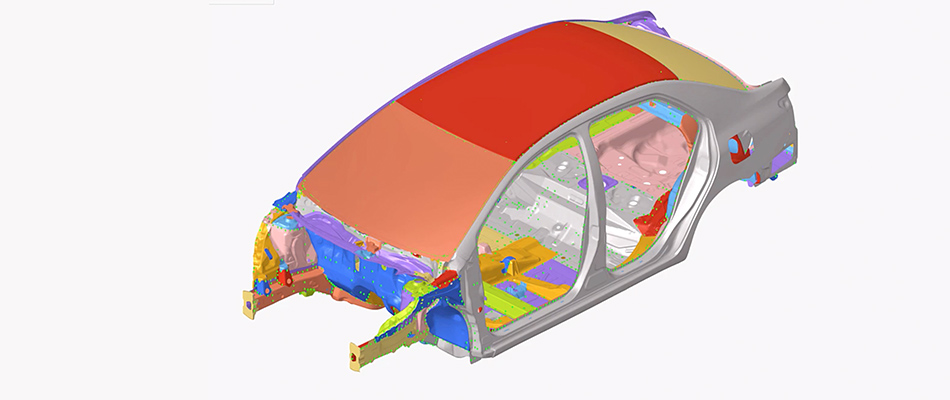
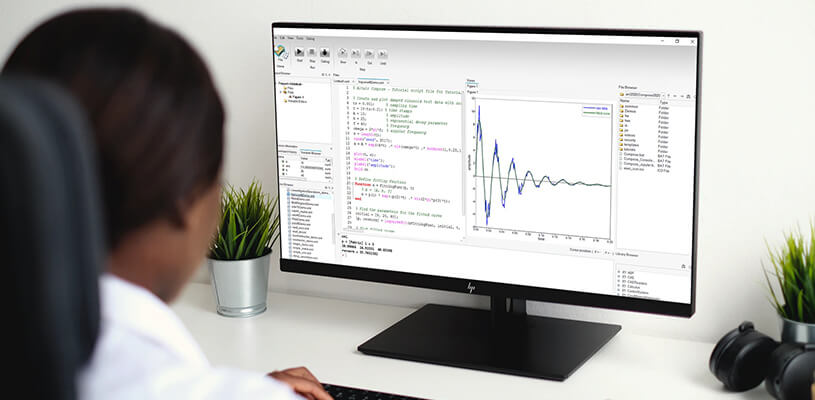
Anomaly Detection and Test Rig Analytics with AI
Altair® Compose® is an environment for doing math calculations and manipulating and visualizing data, as well as programming and debugging scripts useful for repeated computations and process automation. Compose allows users to perform a wide variety of math operations including signal processing.
signalAI is a library that empowers signal processing with ML. signalAI can perform data prep both in time domain and frequency domain. It can then automatically train anomaly detection models to identify outlier behavior. In addition, for labelled data, it can auto-train classification models to predict signal signature and to identify test or operation environment.
signalAI is a library that empowers signal processing with ML. signalAI can perform data prep both in time domain and frequency domain. It can then automatically train anomaly detection models to identify outlier behavior. In addition, for labelled data, it can auto-train classification models to predict signal signature and to identify test or operation environment.
AI for Dynamic Reduced-order Model Generation
Reduced-order models (ROMs) are useful for incorporating detailed 3D simulation into a more computationally efficient 1D environment for system-level study. Simulation tools like Altair® EDEM™ or Altair CFD™ allow for detailed investigations of time-variant non-linear systems, but because of long simulation runs, analysis is typically focused on a component or subsystem. In the case of a complete system simulation however, it is often sufficient to reduce component behavior to its interaction with the complete system, improving solver run time while still providing sufficiently accurate results.
Leveraging Altair’s romAI artificial intelligence tool, 3D simulations can be used as training data for generating dynamic ROMs. Only a few 3D simulation runs are required, as this approach requires less training data than traditional data-driven methods. romAI can work with any solver and produces highly accurate results when operating within the training space and is even stable and useful for extrapolation outside the space. The same ML technique can also be used for system identification purposes when starting from test data.
Leveraging Altair’s romAI artificial intelligence tool, 3D simulations can be used as training data for generating dynamic ROMs. Only a few 3D simulation runs are required, as this approach requires less training data than traditional data-driven methods. romAI can work with any solver and produces highly accurate results when operating within the training space and is even stable and useful for extrapolation outside the space. The same ML technique can also be used for system identification purposes when starting from test data.
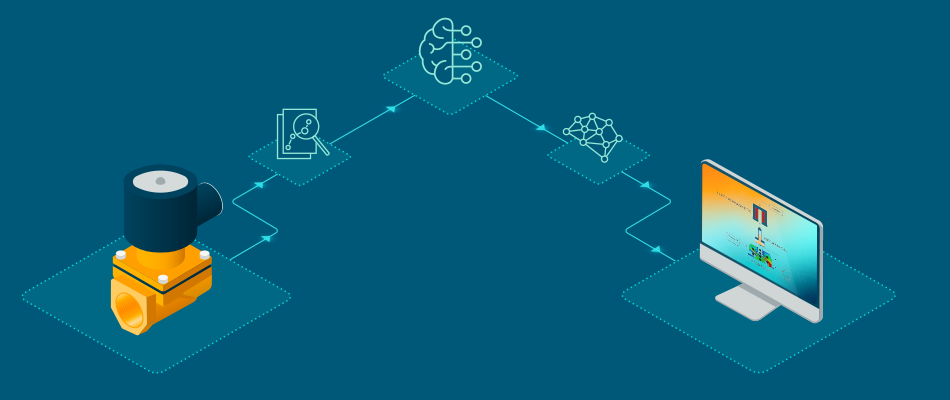
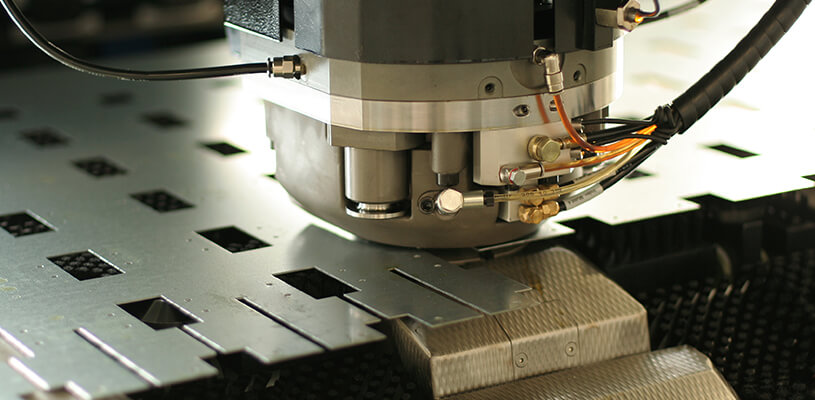
Leveraging Field Data for Predictive Analytics
Engineering data scientists and analysts use Altair to generate actionable insight from their data. Altair® Knowledge Studio® is a market-leading easy-to-use ML and predictive analytics solution that rapidly visualizes data as it quickly generates explainable results - without requiring a single line of code.
Engineering data science has practical applications across a wide range of product design and manufacturing problems. Sheet-metal stamping is one of the most common manufacturing processes in the automotive industry, yet it requires extensive experience and manual effort to sort out the most adequate and cost-efficient sub-process for every part.
Engineering data science has practical applications across a wide range of product design and manufacturing problems. Sheet-metal stamping is one of the most common manufacturing processes in the automotive industry, yet it requires extensive experience and manual effort to sort out the most adequate and cost-efficient sub-process for every part.
Simulation- and Data-driven Digital Twins
Digital twins help organizations optimize product performance, gain visibility into the in-service life of a product, know when and where to perform predictive maintenance, and understand how to extend a product’s remaining useful life (RUL). The Altair digital twin integration platform blends physics- and data-driven twins to support optimization throughout the products lifecycle. We take a complete, open, and flexible approach that enables your digital transformation vision on your terms.
The physics based, simulation-driven digital twin leverages standardized, tool independent interfaces like the functional mock-up interface (FMI), co-simulation methods with geometry-based 3D CAE tools, and reduced order modeling approaches to derive low fidelity models from detailed simulations. The data-driven twin uses ML algorithms and data science to optimize product performance. Looking at the problem through this lens allows you to get fast, real-time insights about the status of the product then make the appropriate operational adjustments to improve the life of the product and avoid failures.
The physics based, simulation-driven digital twin leverages standardized, tool independent interfaces like the functional mock-up interface (FMI), co-simulation methods with geometry-based 3D CAE tools, and reduced order modeling approaches to derive low fidelity models from detailed simulations. The data-driven twin uses ML algorithms and data science to optimize product performance. Looking at the problem through this lens allows you to get fast, real-time insights about the status of the product then make the appropriate operational adjustments to improve the life of the product and avoid failures.
